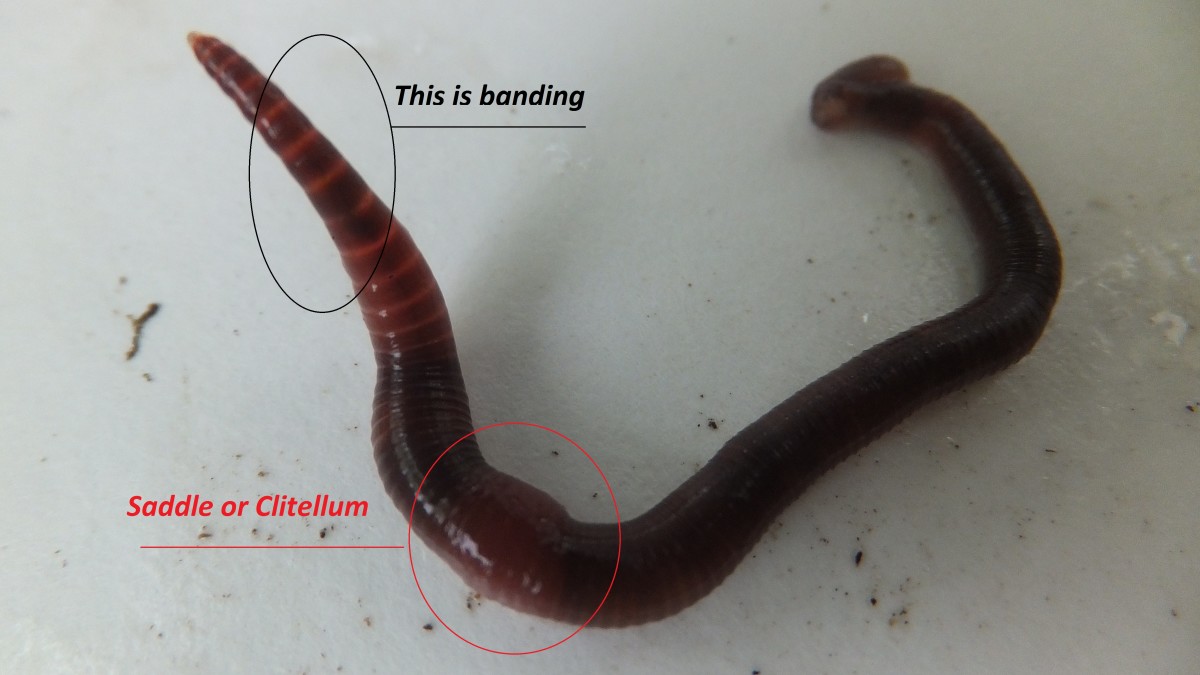Lake Hickory Bait: Your Ally for Enjoyable Fishing on the Lake
Wiki Article
Red Wigglers: The Unsung Heroes of Organic Waste Recycling
Red wigglers, or Eisenia fetida, work as essential agents in the organic waste recycling process, transforming discarded materials into important vermicompost. Their effective malfunction of natural issue not just enhances soil high quality but likewise adds to sustainable waste monitoring techniques. As the world progressively looks for remedies to combat waste accumulation and enhance farming productivity, comprehending the function of these worms comes to be vital. What mechanisms allow them to flourish in garden compost environments, and exactly how can they be efficiently made use of in both residential and industrial settings? Exploring these concerns exposes the more comprehensive implications of vermicomposting in our ecological landscape.What Are Red Wigglers?
The remarkable strength of red wigglers, medically called Eisenia fetida, underscores their essential function in organic waste recycling. These small, reddish-brown earthworms are usually located in disintegrating organic issue, such as compost heap and manure heaps. Lake Hickory Bait. Unlike various other earthworm types, red wigglers thrive in nutrient-rich settings and are extremely efficient at damaging down organic materials, making them crucial for vermicomposting
(Red Wiggler Express)In enhancement to their function in waste decrease, red wigglers contribute to soil health by improving soil structure and aeration through their burrowing activities (Lake Hickory Bait). Their visibility in composting systems not only improves disintegration prices but also promotes a lasting approach to throw away monitoring, illustrating their value in environmental conservation efforts
Benefits of Composting With Worms
Composting with worms, particularly red wigglers, uses various advantages that boost both waste administration and soil wellness. Initially, these worms successfully damage down organic waste, converting it into nutrient-rich vermicompost that enriches dirt. This process speeds up disintegration, permitting a quicker recycling of cooking area scraps and various other organic materials contrasted to standard composting techniques.Furthermore, the vermicompost produced by red wigglers is including useful microbes, which assist improve soil framework, oygenation, and moisture retention. This improves the general health of plants, promoting strenuous development and raised returns in gardens and farming setups. The use of worms in composting reduces the production of greenhouse gases, such as methane, contributing to an extra sustainable waste administration system.

Just How to Beginning Vermicomposting
Establishing a vermicomposting system is a straightforward process that can generate significant advantages for both waste monitoring and soil enrichment. To begin, select an ideal container, such as a plastic container or wooden box, with ample air flow openings to make sure correct air movement. The dimensions need to preferably be around 2 feet by 3 feet, allowing adequate area for the worms to grow.Next, prepare bed linen material, which can contain shredded paper, cardboard, or coconut coir. This bed linens should be moistened to produce a suitable habitat for the worms. As soon as the bed linen is in area, present red wigglers (Eisenia fetida) into the bin, normally around one pound of worms for every single square foot of area.
Following the positioning of worms, add natural waste, such as fruit and vegetable scraps, coffee premises, and crushed eggshells. With these actions, you will successfully start a vermicomposting system that contributes to lasting waste management and enriches your dirt.
Preserving a Healthy And Balanced Worm Container
(Red Wiggler Express)Maintaining a worm bin thriving calls for routine interest and treatment to ensure the health of the red wigglers and the efficiency of the composting procedure. Appropriate maintenance begins with monitoring the moisture degrees; the container needs to perspire however not waterlogged. A good regulation of thumb is to preserve a consistency comparable to a wrung-out sponge.Delicately mixing the bedding and food scraps every few weeks avoids compaction and ensures that all worms have access to oxygen. Additionally, it is vital to feed the worms appropriately.
Temperature guideline is an additional essential aspect. Red wigglers prosper in a variety of 55 to 77 levels Fahrenheit. If the bin ends up being also hot or chilly, the worms might end up being stressed out - Lake Hickory Bait. Periodically inspect for indicators of wellness, such as worm population growth and the presence of healthy spreadings. By diligently taking care of these elements, one can maintain a durable and effective worm bin.
Influence On Lasting Living
The effective upkeep of a worm bin not just profits the health of red wigglers however additionally adds significantly to lasting living techniques. By recycling natural waste, such as cooking area scraps and backyard particles, red wigglers assist divert considerable quantities of material from land fills. This reduction in waste not just reduces greenhouse gas emissions but additionally minimizes the ecological worry related to waste management.Additionally, the castings created by red wigglers serve as a nutrient-rich natural fertilizer, boosting soil health and wellness and promoting plant growth. This all-natural choice to chemical fertilizers supports lasting farming and gardening practices, reducing reliance on artificial inputs that can harm communities. In addition, worm composting cultivates understanding of waste administration, urging individuals and neighborhoods to adopt more lasting practices.

Final Thought
In recap, red wigglers act as important factors to natural waste recycling via their reliable decomposition of natural materials. Their capability to produce nutrient-rich vermicompost boosts dirt health and wellness and sustains sustainable farming techniques. By integrating vermicomposting into waste administration strategies, people and communities can considerably lower waste while promoting ecological sustainability. The role of Eisenia fetida in fostering healthy and balanced communities highlights the significance of these microorganisms in attaining lasting living and improving dirt fertility.Report this wiki page